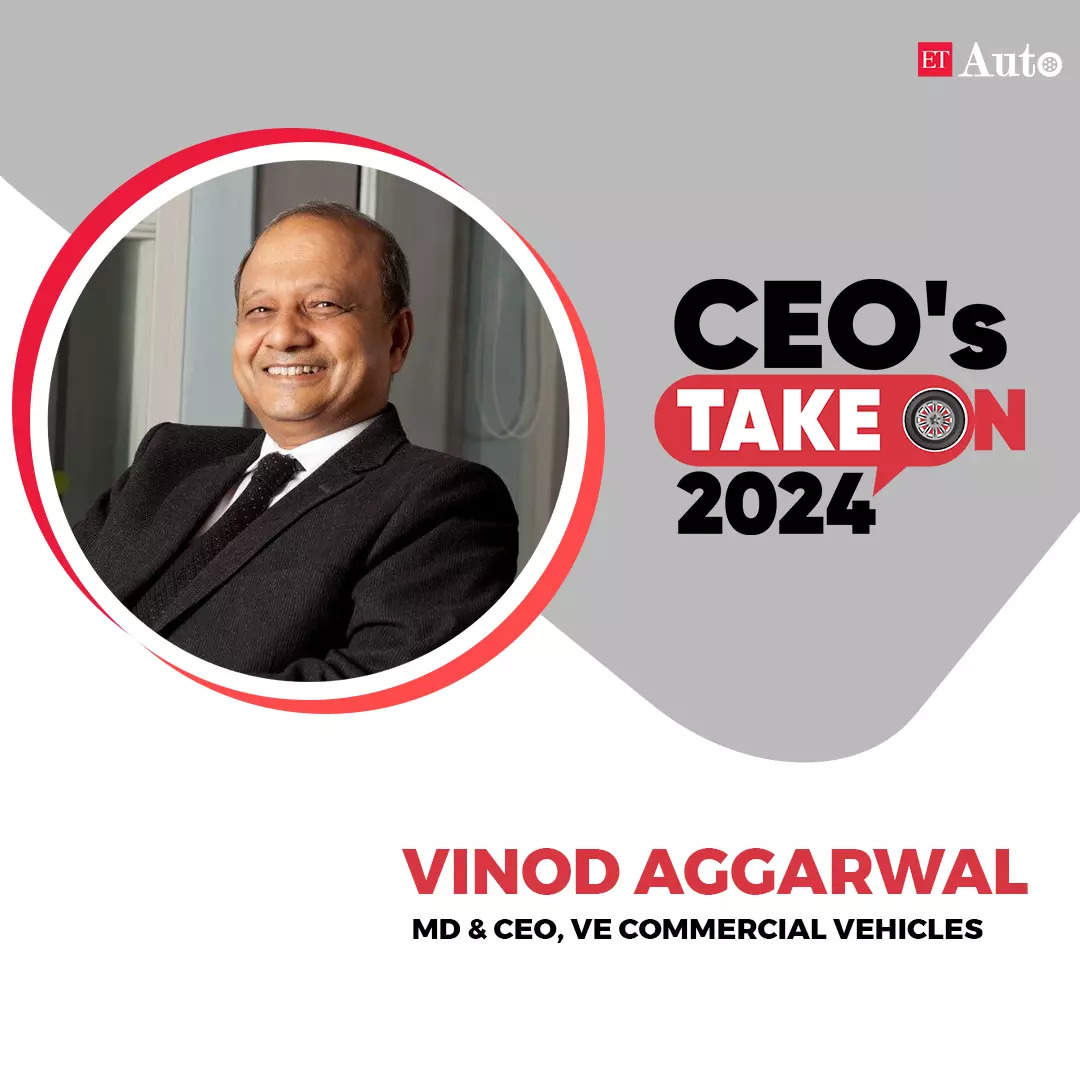
Edited excerpts:
Q: After two consecutive years of improvement in the auto industry’s performance, what is your outlook for 2024?
Our outlook for the auto industry in 2024 is very positive owing to favourable macroeconomic factors like India’s growing economy, investments in infrastructure and robust replacement demand. The overall industry grew by 8% year-to-date FY2024. This growth can also be attributed to a strong business case to replace old vehicles with vehicles conforming to BS-VI emission standards and designed for revised axle loads. I am optimistic that the strong Indian economy will continue to drive a strong CV industry in 2024.
Q: What are the key micro and macro indicators that will play key role in shaping auto industry in 2024?
India is now one of the fastest-growing major economies in the world and it is expected to become the world’s third-largest economy in the next few years. With the rising middle class, consumption will get a boost. In addition, the overall GDP growth forecast of over 7%, continued policy support for infrastructure investments and electrification, and focus on logistics efficiency are likely to drive the auto sector.
The polices like PLI, investment in R&D, focus on alternative fuels with FAME policy and enhanced focus on developing charging infrastructure will be pivotal to the growth of the automotive sector.
Q: What is your view on the rate of adoption of multiple fuel technologies and electric vehicles (EVs) for 2024?
At VECV, we emphasize a comprehensive approach to drivetrains. We believe that various technologies, including battery electric, CNG, LNG, hydrogen fuel cell, and hydrogen ICE, have the potential to help decarbonize the automotive industry and have solutions to offer.
Today, there are a number of factors driving the positive sentiment towards alternative fuels and EVs, such as state and central subsidies, the rising cost of fuel and the growing awareness of environmental issues. However, there are also some challenges that the industry needs to address, such as the high upfront cost and the lack of charging/distribution infrastructure. Ultimately the easy availability of green alternative fuels at an attractive price point will determine the course customers will take.
Q: What will be the key technologies that will shape the next decade of the mobility industry?
In addition to decarbonization, digitalization and connectivity are reshaping the automotive industry, transforming vehicles into ‘computers on wheels’. Connectivity has emerged as a key trend, enhancing safety and efficiency, while optimizing performance.
The future of mobility lies in intelligent, interconnected systems, where real-time data analysis enhances vehicle productivity and minimizes downtime~
The future of mobility lies in intelligent, interconnected systems, where real-time data analysis enhances vehicle productivity and minimizes downtime. In 2020, VECV was the first in the Indian automotive industry to connect 100% of its fleet to an industry-first Uptime Centre offering remote and predictive diagnostic services. Our constant endeavour is to offer the highest levels of uptime to Eicher truck and bus customers -thereby enabling the important role they play in our society.Q: Do you think the Indian auto industry has the potential to become a global manufacturing hub and play an important role in the global value chain?
The Indian automotive sector holds significant potential to emerge as a key player in the global manufacturing landscape. Thanks to our large domestic market, growing pool of skilled engineers, evolving educational infrastructure, adoption of international standards, and increasing focus on innovation, we are well placed to capitalize on emerging automotive supply chains. In addition, we have supporting policies like Production-linked incentives (PLI) to promote critical technologies with a view of supporting ‘Make In India’ and ‘Atmanirbhar Bharat’.
Q: What are the key factors that work in favour of India and what limitations do we have as a country?
India’s burgeoning potential as a global manufacturing hub is driven by a combination of factors. Economically, its shift towards a mixed middle-income economy has attracted considerable investment interest, further buoyed by the presence of a large and youthful population. This demographic advantage not only provides a vast workforce but also signifies a substantial consumer market. Geopolitically, India’s strategic location offers convenient access to neighbouring Asian markets, enhancing its role as an export hub.
Complementing these strengths are the proactive measures taken by the Union government, such as the Production-Linked Incentive (PLI) scheme, which incentivizes manufacturing activities and fosters a favourable business environment. Together, these factors create a fertile ground for India to emerge as a significant player in the global manufacturing landscape.
Q: What is your vision for 2030 for the automotive industry?
India is currently the world’s fifth largest economy and should end the decade as the third largest. In this context, I envisage a strong and modernizing automotive industry, with a globalizing presence in line with the government’s commitment to net zero and make-in-India.

















